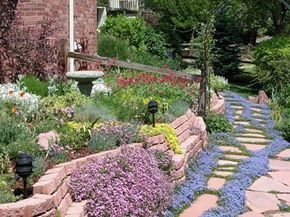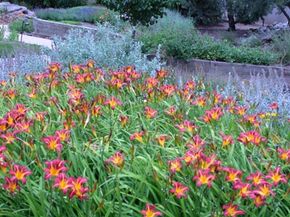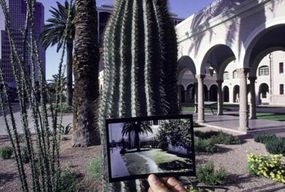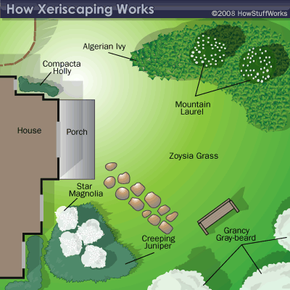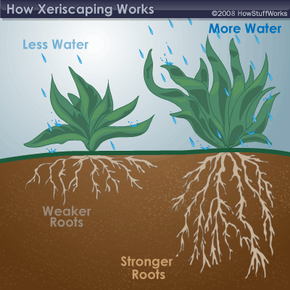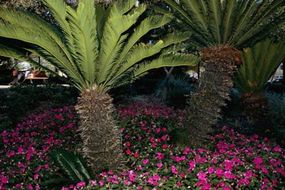If you look at the most recent release of the U.S. Drought Monitor from the University of Nebraska-Lincoln, you'd see a lot of color. Much of the Midwest and the West is colored in yellow, tan and orange, meaning that that part of the United States is under abnormally dry, moderate or severe drought conditions. Other regions, including much of the southeast and parts of Texas, Nebraska and North Dakota, are covered with red or black. Those areas are even worse off, with extreme or exceptional drought conditions.
When a drought hits a region, most states have a drought response plan. Many of the seriously affected areas take precautions to conserve as much water as possible as summer approaches. Water for swimming pools may be limited, for example, or certain houses may be able to use water outdoors only on certain days of the week and at specific times.
Advertisement
One common restriction placed upon people and places is the use of outdoor watering and irrigation for lawns, gardens and parks. This can be a pain for some homeowners and the worst news for park managers. An average of 50 to 70 percent of home water is used for watering lawns and gardens, and parks depend on water to keep their areas looking nice for visitors [source: DrinkTap.org]. It makes sense to conserve water for drinking, but are we supposed to sit back while our beloved plants whither away?
One way people have decided to tackle the problem of water conservation is a type of landscaping known as Xeriscaping. By focusing on drought-resistant plants and preparing efficiently, gardeners and park owners alike can use as little water as possible while keeping an attractive landscape.
So how can Xeriscaping help your thirsty plants? To learn about Xeriscaping, read on.
